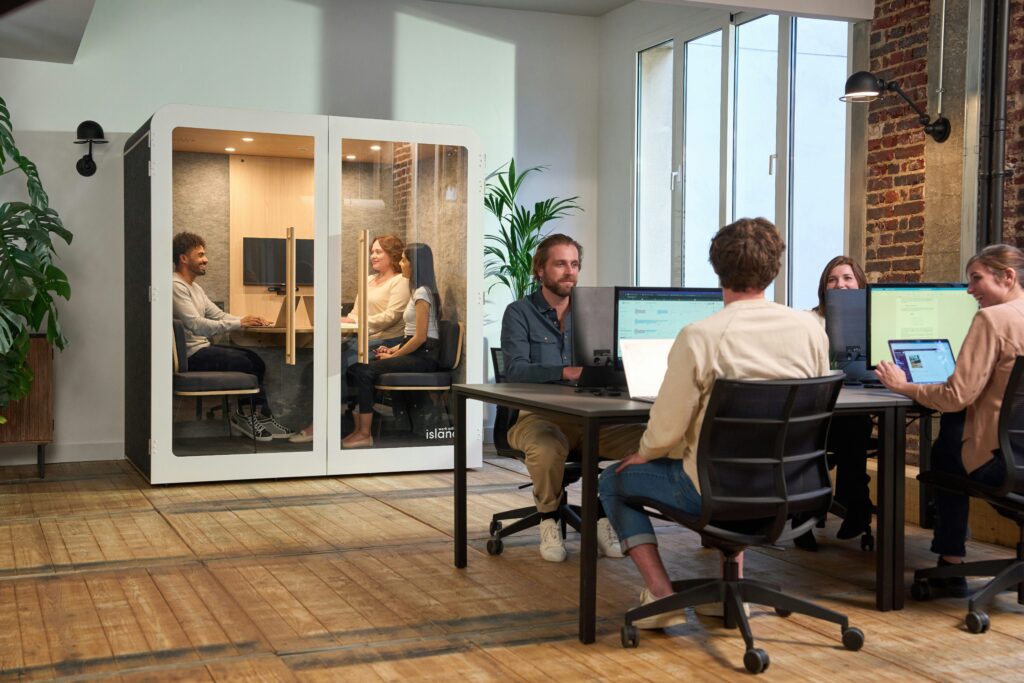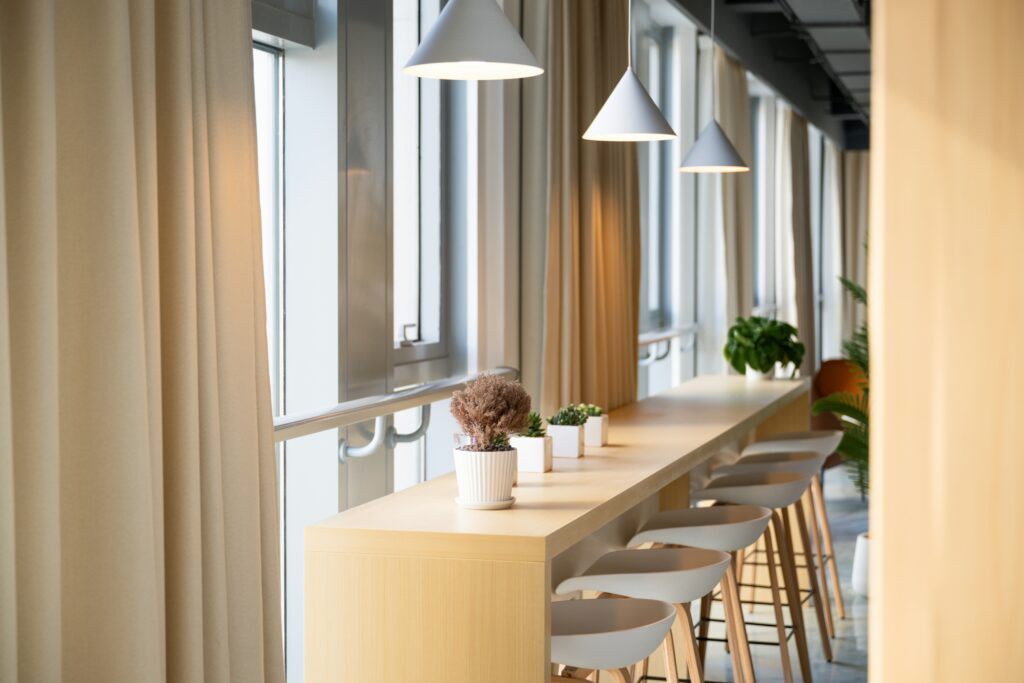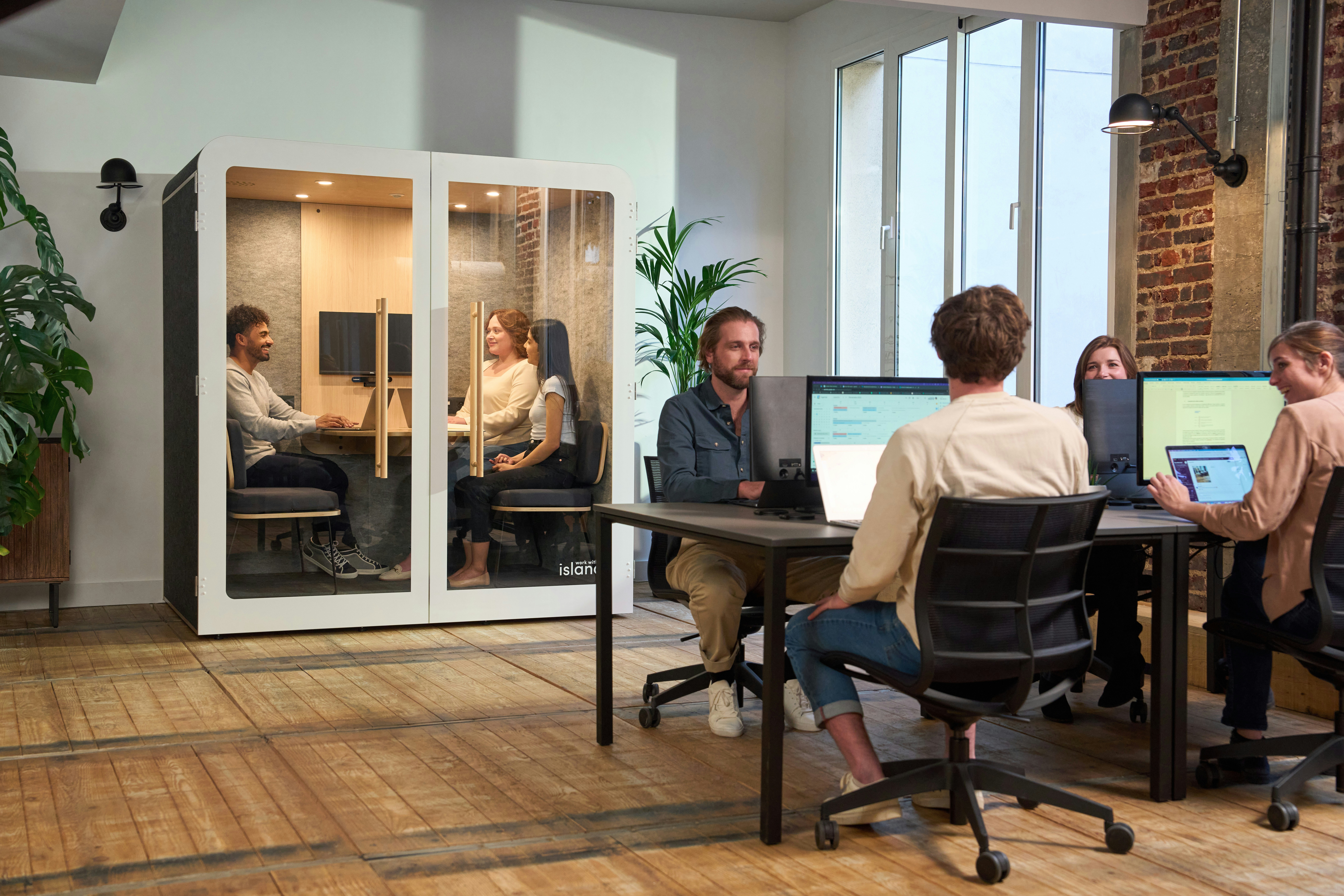By Mercedes Quintanilla.
The WELL Building Standard is a metric for buildings and organizations to provide environments that enhance the health and well-being of the occupants. The standard includes 10 concepts, this time I am going to review the Thermal comfort concept.
Goal
Increase productivity through the design of the air conditioning system.

Background.
Thermal comfort is defined as “the mental condition that expresses satisfaction with the thermal environment and is evaluated by subjective evaluation.”
• This concept greatly influences our experiences in the places where we live and work, it is one of the factors that contributes the most to human satisfaction in buildings, which affects individual levels of motivation, alertness, focus and state of spirit.
• In the scope of the individual impact, the indoor thermal environment also affects the energy use of buildings since cooling and heating in developed and many developing countries account for approximately half of a building’s energy consumption.
• Thermal comfort is subjective, which means that not everyone will be equally comfortable under the same conditions due to individual preferences and possible spatial and temporal variations in the thermal environment.
• Whenever possible, personal thermal comfort devices should be used. These have been shown to improve productivity rates, decrease symptoms associated with sick building syndrome, and increase thermal comfort.
• The WELL Thermal Comfort concept takes a holistic approach to thermal comfort and provides a combination of research-based interventions to help design buildings that address individual thermal discomfort and support human health, well-being and productivity.

Requirements.
– Projects must create indoor thermal environments that provide comfortable thermal conditions for most people in support of health and well-being.
– This WELL feature requires projects to provide high levels of thermal comfort, by determining occupant satisfaction through a survey.
– It is necessary to allow control of thermal conditions in all work environments, since users show higher productivity rates.
– Projects require improving the thermal comfort of people in the space through the provision of personal thermal comfort devices and flexible dress codes that support individual thermal preferences.
– Radiant systems and ventilation system controls must be used independently.
– Projects are required to monitor thermal comfort parameters using sensors in their buildings that can be used as feedback for building managers and users to take appropriate action.
– Projects must maintain optimum relative humidity levels that are conducive to human health and well-being.
– Project windows should open at different heights to provide the desired airflow at different outside temperatures.
– Outdoor spaces should be designed to avoid excessive wind and manage elevated temperatures through shading or other strategies.

Read the Comments +